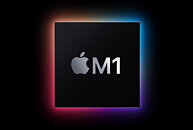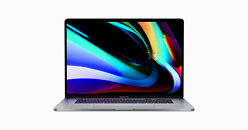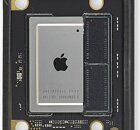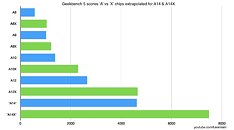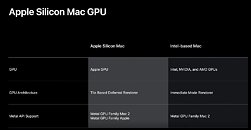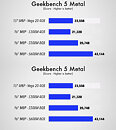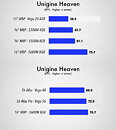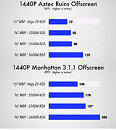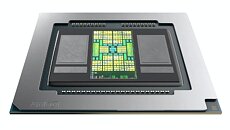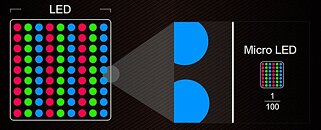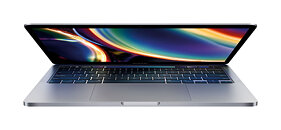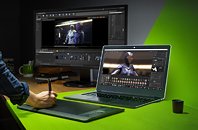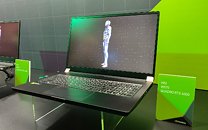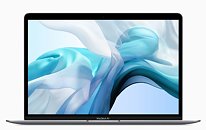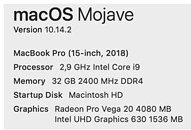Accell Debuts Its Next-Generation Thunderbolt 4 Docking Station
Accell, a provider of innovative, customer-centric power products and connectivity solutions, today announced the release of its Thunderbolt 4 Docking Station (P/N: K160B-002G), establishing a new standard in power technology. The Thunderbolt 4 Docking Station allows multiple peripheral connections to your systems through one single Thunderbolt 4 cable, becoming a power hub for the technology that surrounds you.
Accell upgraded its Thunderbolt 4 Docking Station power technology to also connect and expand—outfitting this updated technology with 2x Thunderbolt 4 ports, 1x DisplayPort 1.4 port, 3x USB 3.1 Gen2 Type A ports, 1x USB 2.0 Type A port, 1x SD 4.0 UHS-II card reader, 1x 3.5 mm audio combo jack, and gigabit Ethernet port. With 40 Gbps bandwidth, the Thunderbolt 4 certified docking station supports high speed data transfer, 8K video, power delivery and more. The station supports a single 8K@30 Hz or dual UHD 4K@60 Hz external monitors using any two ports of the available DisplayPort 1.4 and two Thunderbolt 4 ports.
Accell upgraded its Thunderbolt 4 Docking Station power technology to also connect and expand—outfitting this updated technology with 2x Thunderbolt 4 ports, 1x DisplayPort 1.4 port, 3x USB 3.1 Gen2 Type A ports, 1x USB 2.0 Type A port, 1x SD 4.0 UHS-II card reader, 1x 3.5 mm audio combo jack, and gigabit Ethernet port. With 40 Gbps bandwidth, the Thunderbolt 4 certified docking station supports high speed data transfer, 8K video, power delivery and more. The station supports a single 8K@30 Hz or dual UHD 4K@60 Hz external monitors using any two ports of the available DisplayPort 1.4 and two Thunderbolt 4 ports.











